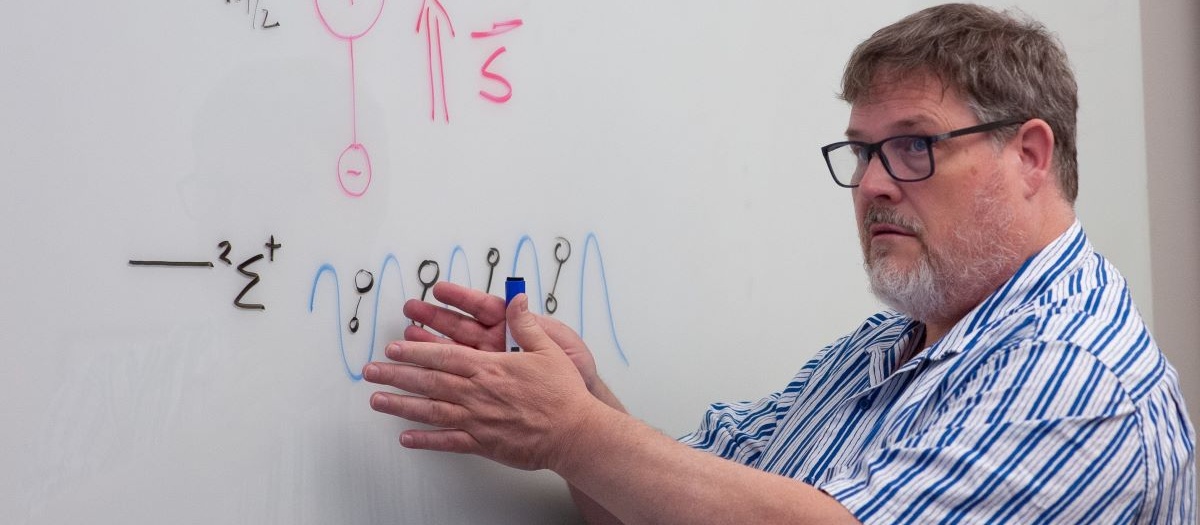
An electric dipole moment (EDM) along the spin axis of any quantized particle requires violation of time-reversal (T) and hence also CP symmetry. While CP symmetry is broken in the Standard Model (SM), certain properties of the SM dramatically suppress the size of EDMs. However, most extensions to the SM lack a mechanism to suppress new sources of CP violation. In these models, EDMs arise due to virtual exchange of new particles, beyond those in the SM. The effect of these new particles is generically proportional to the inverse square of their mass. Current experiments are already sensitive enough to probe for certain new particles with mass in the 5-50 TeV range—far beyond the direct reach of the Large Hadron Collider—if they interact via new forces with near-maximal CP violation.
Over the past decade, remarkably fast progress has been made in the search for the electron EDM, by exploiting the large electric fields inside polar molecules to amplify the energy shift due to the EDM. New technologies for control of polar molecules—such as laser cooling, assembly from ultracold atoms, and production of radioactive molecules—have emerged recently. With these, the recent rapid rate of progress seems poised to continue, and also to extend to searches for effects analogous to EDMs in nuclei. These experiments promise to probe new CP-violating physics at energy scales over 1 PeV within the nDavid P. DeMilleext 10-20 years. In this talk I will describe how EDMs can arise, how they are measured, and how to sustain such rapid progress
